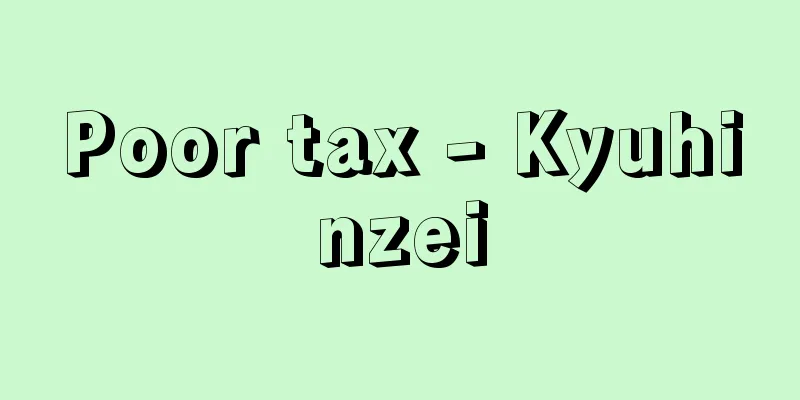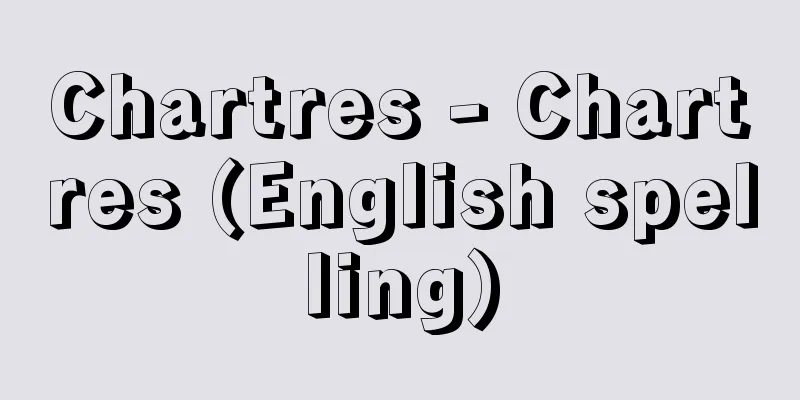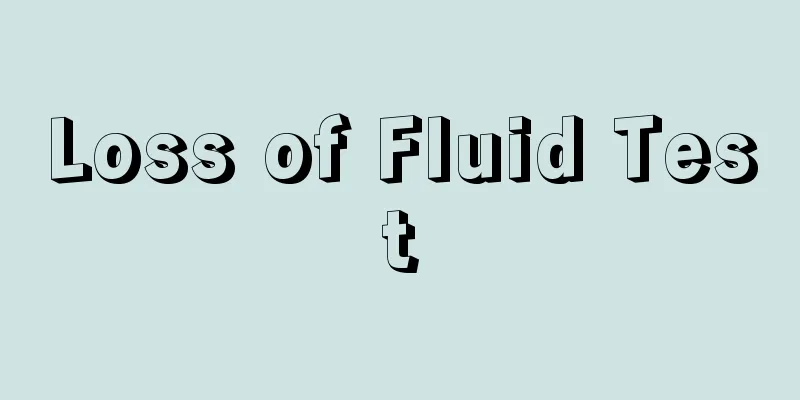Poor tax - Kyuhinzei

|
…The Elizabethan Poor Law of 1601 ordered the prohibition and punishment of vagrancy and begging, the employment of able-bodied persons, both children and adults, and the protection of the incapacitated, on the part of parishes, which were the local authorities at the local level. The actual administration was carried out by the parish poor overseer, who collected the necessary expenses as a poor tax. These expenses were initially covered by donations from the church and private charity. … From [Zakat]…The purpose of Zakat is to help (1) poor pilgrims, (2) begging dervishes, (3) those who cannot repay their debts, (4) beggars, (5) poor travelers, and (6) new converts. Zakat is thus a de facto property tax imposed on Muslims, and because its purpose is to help the poor, many Western scholars call it a poor tax. However, the fact that Zakat is collected by the government is a major difference from the Christian poor tax. … From the Speenhamland System…But in reality, it functioned rather to protect the interests of landlords and agricultural capitalists. In other words, this system not only endorsed low wages by paying a portion of the wages that should have been paid by the employer from the poor tax, but also shifted the burden of the poor tax from the landlords to low-income earners such as small-tenant farmers. In addition, because the system guaranteed a minimum standard of living for workers, they lost their motivation to work, their living conditions worsened, and the burden of the poor tax increased. … From London...These trends all became especially explosive in the second half of the 17th century. On the other hand, the glamorous London of the 16th and 17th centuries also became a hotbed of poverty and crime, so in 1547, London introduced a poor tax, ahead of the rest of the country, and built five royal hospitals, including St. Bartholomew's. The population density in the suburbs increased, and at the beginning of the 17th century, the population outside the city walls was estimated at 150,000, compared to 75,000 within the city walls. *Some of the terminology that refers to the "poor tax" is listed below. Source | Heibonsha World Encyclopedia 2nd Edition | Information |
|
…1601年のエリザベス救貧法は浮浪と乞食の禁止と処罰,児童と成人を問わず労働能力ある者の就業,無能力者の保護を末端の地域自治体である教区に命じた。実際の運営は教区の貧民監督官が当たり,必要な経費は救貧税として徴収した。この経費は当初は教会での寄付,個人的慈善によってまかなわれていた。… 【ザカート】より…次にザカートの使途は,(1)貧しい巡礼者,(2)托鉢デルウィーシュ,(3)借金を返済できない者,(4)乞食,(5)貧しい旅行者,(6)新改宗者,の援助のためと定められている。このようにザカートは,イスラム教徒に課せられた事実上の財産税で,しかもその使途が困窮者の救済のためと定められているところから,欧米の学者は多くこれを救貧税と呼ぶ。しかしザカートが政府によって徴収されることは,キリスト教の救貧税との大きな違いである。… 【スピーナムランド制度】より…だが,実質的にはむしろ,地主や農業資本家の利益を守るものとして機能した。つまり,この制度によって,本来雇用主が負担すべき賃金の一部が救貧税から支払われることになり,低賃金が是認されただけでなく,救貧税の負担が地主層から小借地農業家などの低所得層に転嫁されたためである。加えて,労働者もこの制度によって最低生活が保障されたため労働意欲が減退し,生活状況はさらに悪化し,救貧税負担は増大した。… 【ロンドン】より…こうした傾向はいずれも,17世紀後半になると,とくに爆発的に展開する。他方,華やかな16~17世紀のロンドンは,貧困と犯罪の巣ともなっていったから,全国に先がけて1547年,救貧税を設定,セント・バーソロミューなど五つの王立病院もつくられた。郊外地の人口密度が高くなり,17世紀初頭で城壁内人口7.5万に対して,城壁外人口は15万と推定される。… ※「救貧税」について言及している用語解説の一部を掲載しています。 出典|株式会社平凡社世界大百科事典 第2版について | 情報 |
<<: Nine ranks of rank - Kyuhinchusei
Recommend
Kuin - Kuin
〘Noun〙 Buddhist term. The monks' quarters and ...
Peerage Girls' School
This school was established in 1885 by order of th...
District Prosecutor's Office
A prosecutor's office is established correspo...
Cellulose acetate butyrate
It is also called acetate butyrate cellulose. It i...
Staudinger, F.
…German organic chemist and polymer chemist. Son ...
Kundt, AAEE (English spelling) KundtAAEE
…In 1866, the German physicist August Adolph Edua...
Mycobacteria - Kinjinrui
…The primary hyphae become secondary hyphae throu...
Nielsen, Kai (English spelling) NielsenKai
…Modern painting began with the Matisse school of...
Arctic art (English: Arctic art)
A general term for Mesolithic rock paintings found...
Kukumattsu - Kukumattsu
...Linguistically, the indigenous Quiche language...
bud mutation - gajouheni
⇒ Branch change Edaga Split Source: About Shogakuk...
Kawasaki-Mitsubishi Kobe Shipyard Dispute
It was the largest strike in Japan before World Wa...
EMS - EMS
A service or company that manufactures and designs...
Cucuteni culture - Cucuteni
One of the European Neolithic (agricultural) cult...
Course
Subjects. Please note that this is different from ...









